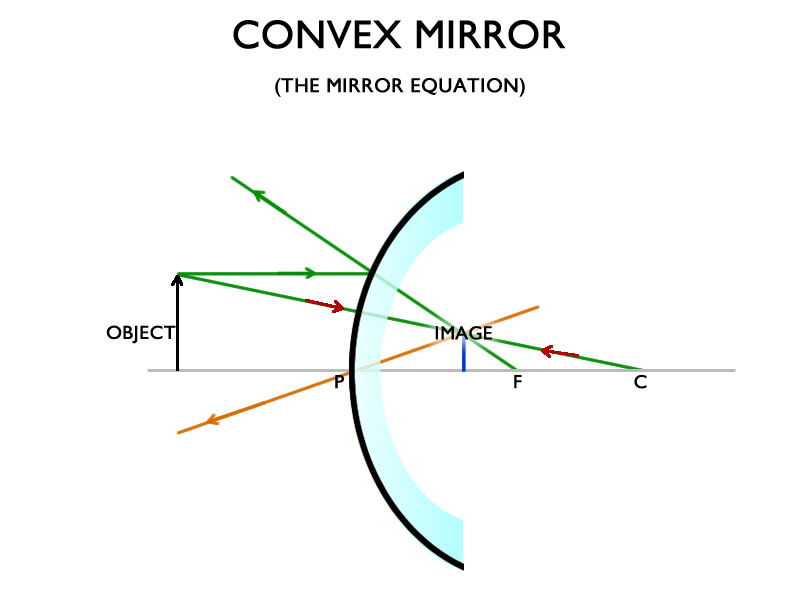Every morning, while you get ready to go anywhere, you have to look at that shiny piece of glass found in every house and in public places; the mirror! There may be several questions in your mind about the mirror, some of which you may know the answers to, while others you do not know. Let us then take a tour in the world of mirrors.
Nature is the true inventor of mirrors; the first mirrors, most probably, were stagnant pools of water on top of rocks or mud. It was Justus von Liebig who invented modern mirrors in Germany in 1835; yet, mirrors had actually been used in Turkey approximately 8000 years ago, and used in Iraq and Egypt in 4000–3000 BCE, where they were made of copper. Almost 1000 years later, people in Central and South America started manufacturing mirrors of polished stone, while in China and India mirrors were produced using bronze.
Mirrors mainly consist of shiny pieces of extremely smooth metal, which is usually metallic silver. This metallic piece is covered with a glass pane in the front and a thin metallic layer, such as Aluminum, on the back.
How Do Mirrors Work?
We all know that there are seven primary colors, which form the visible spectrum; objects absorb some of these colors and reflect others, so we see a specific color for everything. For example, we see the banana yellow in color, because it absorbs all the colors except yellow; while we see paper in white color, because it reflects all the colors of the visible spectrum.
The mirror’s metal reflects all the colors of the visible spectrum, and is characterized by its ultra-smooth nature, which is on a microscopic level. As a result, all the light falling on the mirror reflects backwards on the source object perpendicularly.
Types of Mirrors
There are three main types of mirrors: plane, convex, and concave. In our homes, we mostly use plane mirrors; however, if we look thoroughly, we can find concave and convex mirrors as well. For instance, if you look carefully at a shiny spoon, you will see its back as a convex mirror and its inner part as a concave one.
The plane mirror is flat, so light falls on it in parallel rays and returns back in the form of parallel rays. For this reason we will find the size of the object and the distance between it and the mirror in the reflected image identical to reality.

In convex mirrors, however, the reflected image appears smaller than the real object, which means we can see more things around. On the other hand, the characteristics of the reflected images on concave mirrors vary according to the distance. If you look at it from a very short distance—almost as close as possible—the image will be upright and magnified; however, if you look at it from a long distance, you will see the reflected image upside down and smaller. Concave mirrors are indeed magical!

Why Do Mirrors Flip Objects’ Directions?
If you look at yourself in the mirror, the writing on your clothes will flip; if you raise your left hand, you will see your right hand raised in the mirror. Mirrors do not flip the directions from right to left; we do. When you shake someone’s hand, you see his/ her right hand on your left; when you write on a transparent sheet, you will see the letters reversed in the mirror and on the transparent sheet as well. That is because the light reflected is in the same direction; that is, when you raise your left hand, the reflected light is on your left.
This explanation does not mean that the mirror never flips directions. Objects are 3D not 2D; meaning that they need three orthogonal axes to represent them—X, Y, and Z-axes. Mirrors flip objects in the Z-axis (forward and backward). If you point your finger towards the mirror, you will find the image in the mirror point towards you. The reason is the similarity in size and distance between the object and its reflected image, because the distance between the tip of your finger and the mirror is shorter than the distance between you and the mirror the image flips in the Z-axis direction.
Our reflected images in the mirrors seem to have a lot of scientific fun.
References
livescience.com
sciencealert.com
science.howstuffworks.com